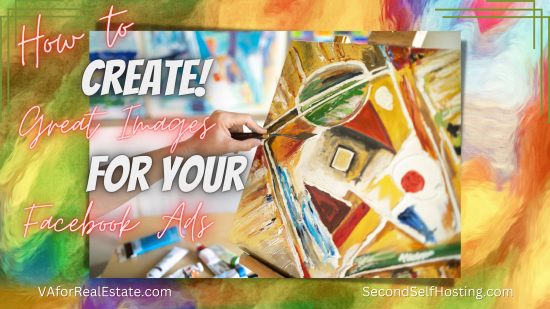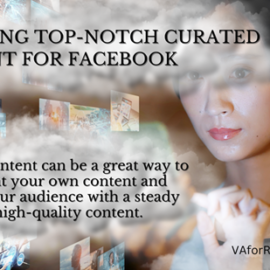
How to Create Great Images for Your Facebook Ads
When scrolling through your Facebook home feed, some ads will instantly catch your eye, whereas others you’ll simply pass by.
So what is the difference between these? Which ones really grab your attention and which ones fail to make any impression? Often, the difference comes down to the image that is used. While a headline can make a big difference too, an image can convey a lot more information in a much shorter time and as such is potentially more impressive when it comes to quickly getting us to sit up and take note.
This then begs the question as to what it is exactly about certain images that make us pay attention. And how can you channel this in your own advertising campaigns in order to ensure that you get the maximum bang for your buck?
Images That Grab Attention
The first thing to think about is what type of image gets us to look up in the first place. Studies show for example that images of people are more likely to get us to pay attention than any other object or subject matter. We are simply hardwired to pay attention to faces and other humans because it has clear evolutionary value.
The other type of image that grabs attention is anything that uses highly contrasting colors. If your images are bright red or yellow, then this will make them pop off the page more. Red in particular always makes us take notice and this works particularly well on a light blue/white background.
Tell a Story
Getting attention is your first objective. Getting your audience to actually engage with the advertisement and consider clicking it is the next. To do this, it can help to try and tell a story through your image. Don’t simply show what it is you want your audience to think about but instead try to evoke it and hint at it. For example, if your ad was about a party, then it might actually work better to show a lipstick-stained glass rather than showing the party itself. This forces the viewer to imagine what the image is trying to show, which instantly grabs their attention and makes them more inclined to actually think about your ad versus scrolling past.
What you want them to imagine meanwhile is always going to relate to your value proposition. In other words, ask yourself what kind of lifestyle is linked to your product and how you want your audience to feel looking at it.
You might also enjoy reading:
Creating a Great Logo for Your Social Media Brand
8 Tips to Reach More People With Social Media Marketing


